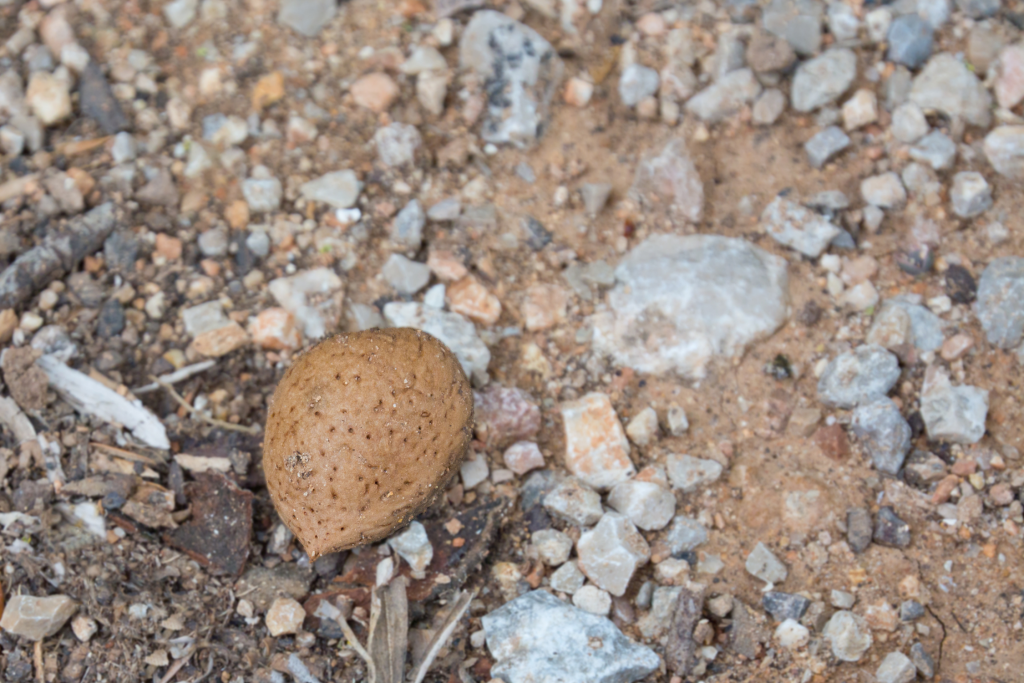
Chalky soil, distinguished by its alkaline pH and calcium-rich composition, presents unique challenges for gardeners. Understanding these challenges is essential for effectively managing and cultivating plants in this type of soil. In this blog, we’ll explore the specific difficulties posed by chalky soil and provide insights into how gardeners can overcome them to create thriving gardens.
1. Alkaline pH
Challenge: Chalky soil typically has a pH level above 7.5, leaning towards alkalinity. This alkaline pH affects nutrient availability to plants, making it challenging for some species to thrive.
Impact: Many plants prefer neutral to slightly acidic soils. In alkaline conditions, certain nutrients like iron and manganese may become less available, leading to deficiencies in plants.
Solution:
- Plant Selection: Choose plants that are naturally adapted to alkaline soils or those that can tolerate higher pH levels. Examples include lavender, rosemary, and yarrow.
- Amendments: Incorporate acidic organic matter such as pine needles or composted leaves to help balance the pH over time.
2. Poor Nutrient Availability
Challenge: Calcium carbonate in chalky soil can tie up essential nutrients, making them less accessible to plants. This nutrient imbalance can affect plant growth and health.
Impact: Plants may exhibit signs of nutrient deficiencies, such as yellowing leaves (chlorosis) due to lack of iron or manganese.
Solution:
- Soil Testing: Regularly test soil pH and nutrient levels to monitor deficiencies.
- Fertilization: Use fertilizers specifically formulated for alkaline soils or apply micronutrient supplements as needed.
- Mulching: Organic mulches can gradually improve soil fertility by decomposing and releasing nutrients.
3. Drought Stress
Challenge: Chalky soil tends to be free-draining, which can lead to rapid moisture loss during dry periods. This poses a challenge for plants that require consistent moisture.
Impact: Plants may suffer from drought stress, affecting their growth and flowering potential.
Solution:
- Mulching: Apply a thick layer of mulch around plants to conserve soil moisture and regulate temperature.
- Watering Practices: Water deeply and infrequently to encourage deep root growth. Consider using drip irrigation to deliver water directly to the root zone.
- Choosing Drought-Tolerant Plants: Select plants that are adapted to dry conditions or have deep root systems to access water deeper in the soil.
4. Stony Texture
Challenge: Chalky soil often contains small stones or gravel, which can impede root growth and affect soil structure.
Impact: The stony texture limits the area available for root expansion, potentially restricting plant growth.
Solution:
- Soil Preparation: Prior to planting, loosen the soil and remove larger stones to create a more hospitable environment for roots.
- Raised Beds: Consider gardening in raised beds filled with amended soil to bypass the challenges of native chalky soil.
- Container Gardening: Grow plants in containers filled with a suitable growing medium to provide optimal conditions for root development.
Conclusion
Gardening in chalky soil requires careful planning and management to overcome its inherent challenges. By understanding the alkaline pH, nutrient deficiencies, moisture retention issues, and stony texture associated with chalky soil, gardeners can implement strategies to create thriving gardens. Choosing resilient plants, amending soil with organic matter, practicing efficient watering techniques, and adapting planting methods are key steps towards cultivating healthy and vibrant gardens in this unique soil type.
Embrace the opportunity to learn and experiment with plants that thrive in alkaline conditions, and enjoy the beauty and diversity they bring to your garden landscape. With patience and perseverance, chalky soil can become a rewarding medium for gardening, showcasing the resilience of plants and the creativity of gardeners in overcoming challenges.



